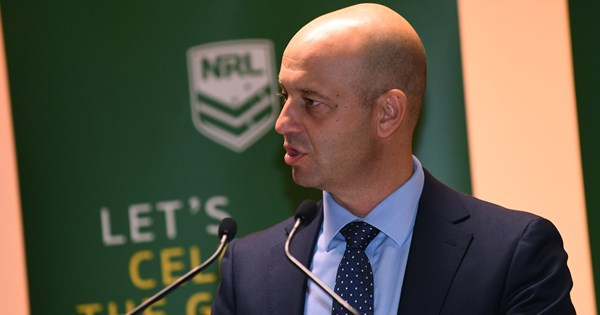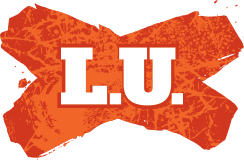Get Rid of The Donkeys
Coach
- Messages
- 14,822
Got this information about the rationalisation process from NRL.COM:Seriously the NRL and News Ltd bailed out so many clubs it is just ridiculous, the Dragons, the Titans, the Sea Eagles, the Titans, the Tigers, the Knights, the Sharks, the Titans, I could go on, Fulton and Arthurson made sure nobody bailed out the Bears. Oh did I mention the Titans getting bailed out lol.
I only did who the NRL bailed out not News Ltd.
Admission criteria
All clubs had to meet a Basic Criteria based on playing facilities, administration, solvency and development.
To determine which teams survived, clubs were ranked for the 1995, 1996, 1998 and 1999 seasons on:
Clubs were also required to have a minimum revenue of $8 million per season, including gate receipts of $1.25m and net sponsorship of $2.5m.
While the three Sydney clubs who had aligned with Super League – Canterbury, Penrith and Cronulla – were considered the most profitable, every non-Sydney club produced larger gate receipts than their Sydney rivals.
The final rankings were:
1 Brisbane, 2 Newcastle, 3 Melbourne, 4 Canterbury, 5 Cronulla, 6 Sydney Roosters, 7 Parramatta, 8 North Queensland, 9 Warriors, 10 Canberra, 11 Manly, 12 Penrith, 13 Balmain, 14 North Sydney 15 Western Suburbs, 16 South Sydney.
St George Illawarra were not included as they had merged at the end of the 1998 season – meaning Norths, Wests and Souths were excluded from the 2000 premiership.
Mergers and financial incentives
With the NRL offering $8 million to encourage mergers, Balmain and Wests also formed a joint venture, as did Manly and Norths (Northern Eagles), while the Rabbitohs took legal action which led to them being restored to the competition in 2002.
However, the outcome of an appeal against Souths' win in court gives the NRL the right to exclude clubs in the future and the game may need to go through a similar process if it is decided to keep the number of teams at 16 but revamp the competition from 2023.

 www.nrl.com
www.nrl.com
All clubs had to meet a Basic Criteria based on playing facilities, administration, solvency and development.
To determine which teams survived, clubs were ranked for the 1995, 1996, 1998 and 1999 seasons on:
- Home crowds (1. Broncos, 2. Knights, 3. Eels);
- Away crowds (1. Broncos, 2. Eels. 3. Roosters);
- Competition points (1. Storm, 2. Broncos, 3. Bulldogs);
Gate receipts (1. Broncos, 2. Storm, 3. Knights); - Profitability (1. Bulldogs, 2. Panthers, 3. Sharks), and;
- Sponsorship (1. Knights, 2. Broncos, 3. Cowboys).
Clubs were also required to have a minimum revenue of $8 million per season, including gate receipts of $1.25m and net sponsorship of $2.5m.
While the three Sydney clubs who had aligned with Super League – Canterbury, Penrith and Cronulla – were considered the most profitable, every non-Sydney club produced larger gate receipts than their Sydney rivals.
The final rankings were:
1 Brisbane, 2 Newcastle, 3 Melbourne, 4 Canterbury, 5 Cronulla, 6 Sydney Roosters, 7 Parramatta, 8 North Queensland, 9 Warriors, 10 Canberra, 11 Manly, 12 Penrith, 13 Balmain, 14 North Sydney 15 Western Suburbs, 16 South Sydney.
St George Illawarra were not included as they had merged at the end of the 1998 season – meaning Norths, Wests and Souths were excluded from the 2000 premiership.
Mergers and financial incentives
With the NRL offering $8 million to encourage mergers, Balmain and Wests also formed a joint venture, as did Manly and Norths (Northern Eagles), while the Rabbitohs took legal action which led to them being restored to the competition in 2002.
However, the outcome of an appeal against Souths' win in court gives the NRL the right to exclude clubs in the future and the game may need to go through a similar process if it is decided to keep the number of teams at 16 but revamp the competition from 2023.

What will it take for a Sydney club to consider relocation?
If a team from England is brave enough to relocate to Canada, what will it take for a Sydney club to secure their future by moving to Brisbane or Perth?
